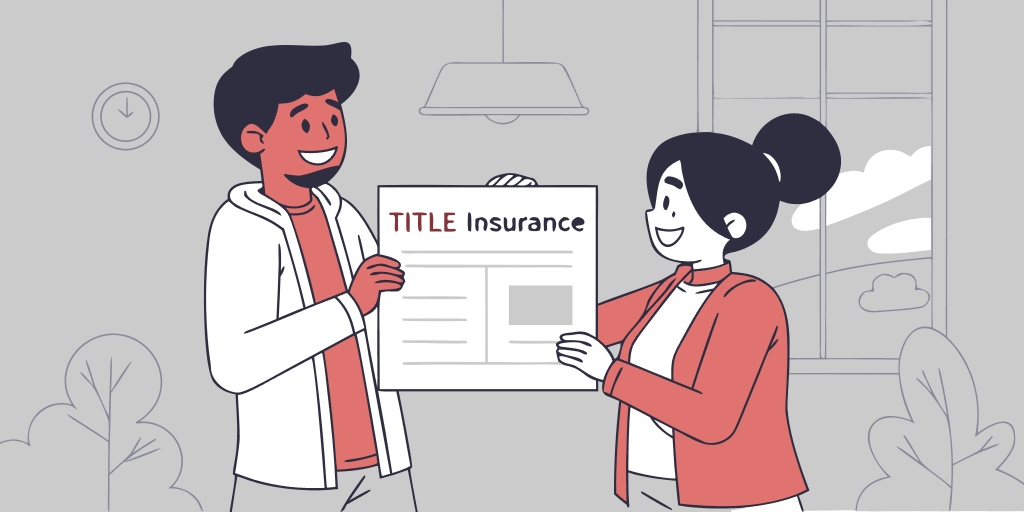Have you ever felt stuck with your mortgage lender, unable to shop around for a better deal? Well, big changes are coming to the Canadian mortgage landscape, and they might just give you the freedom you've been looking for. Let's dive into what these changes mean for you and your mortgage payments..
The Big News: Goodbye Stress Test for Mortgage Switches
Starting November 21, 2024, the Office of the Superintendent of Financial Institutions (OSFI) is making a major change to mortgage rules. They're eliminating the stress test for uninsured mortgage switches. But what does that actually mean for you? Let's break it down.
What's an Uninsured Mortgage
First things first: an uninsured mortgage is one where you've put down 20% or more on your home. If that's you, keep reading – this change directly affects you!
What's the Stress Test?
The stress test has been around since 2018. It's a way for lenders to make sure you can afford your mortgage even if interest rates go up. Under the current rules, you need to prove you can afford your mortgage payments at a higher interest rate – either 2% above your actual rate or the Bank of Canada's five-year benchmark rate, whichever is higher.
What it means: Freedom to Switch Without Stress
Now, here's the exciting part. With this new rule, if you want to switch your mortgage to a new lender at renewal time, you won't have to pass the stress test again. This is huge!
Why This Change Matters
1. More Freedom to Shop Around
Imagine you're Sarah, a homeowner in Toronto. Your mortgage is coming up for renewal, and you've found a great rate with a new lender. Under the old rules, even though you've been faithfully making payments for years, you'd have to prove all over again that you could afford a higher rate. Now, Sarah can switch to that better rate without jumping through extra hoops.
2. Potential for Big Savings
Let's look at some numbers. Say you have a $500,000 mortgage:
- Current rate with Lender A: 5.5%
- New offer from Lender B: 5%
Under the old rules, you might have been stuck with Lender A because you couldn't pass the stress test for Lender B. Now, you can make the switch and save about $150 a month – that's $1,800 a year!
3. Increased Competition Among Lenders
With borrowers able to move more freely, lenders will have to work harder to keep your business. This could lead to better rates and service for everyone. It's like suddenly having more bargaining power when your mortgage comes up for renewal.
4. Reduced Stress at Renewal Time
Renewing your mortgage can be stressful enough without worrying about passing a test or stressing out if your circumstances have changed since you last qualified for your mortgage. Now, you can focus on finding the best deal rather than stressing about qualifying.
Real-Life Impact: Meet the Johnsons
Let's look at how this might play out for a real family. The Johnsons bought their home in Ottawa five years ago with a 20% down payment. They're coming up for renewal and have found a great rate with a new lender that would save them $200 a month.
Under the old rules, even though they've never missed a payment, they might not qualify for the switch because of the stress test. Now, they can make the move and put that extra $200 a month towards their kids' education fund.
What the Experts Are Saying
Ron Butler, a mortgage broker, calls this change "all about fairness to borrowers." He points out that it never made sense to apply a stress test on renewal, especially when current lenders often don't even check if you're still employed.
The Bigger Picture: Why OSFI Made This Change
OSFI, the regulator behind this change, says they're listening to Canadians and the industry. They've noticed that the risks they were worried about with the stress test haven't really materialized. Plus, they want to create a more balanced system between insured and uninsured mortgages.
What This Means for You: Action Steps
1. Mark Your Calendar: November 21, 2024, is when this change takes effect. If your mortgage is up for renewal around then, start planning.
2. Shop Around: Don't just accept your current lender's renewal offer. Get quotes from other lenders or work with a mortgage broker to see if you can get a better deal.
3. Do the Math: Calculate how much you could save by switching. Remember to factor in any fees associated with changing lenders.
4. Think Long-Term: While a lower rate is tempting, consider other factors like prepayment privileges and the lender's customer service reputation.
5. Stay Informed: Keep an eye on interest rate trends and how they might affect your mortgage in the future.
6. Use Deeded to close your transaction: We’ll make that mortgage switch super easy and seamless for you!
The Bottom Line: A Win for Homeowners!
This change is largely positive for Canadian homeowners with uninsured mortgages. It gives you more freedom and potentially more money in your pocket. However, it's crucial to approach this new freedom responsibly.
As we move into this new era of mortgage flexibility, stay informed, shop around, and make choices that set you up for long-term financial success. After all, your home is likely your biggest investment – treat it (and your mortgage) with the care it deserves!
Unlock Your Seamless Closing Experience
Your Journey to a Worry-Free Closing Starts Here!



